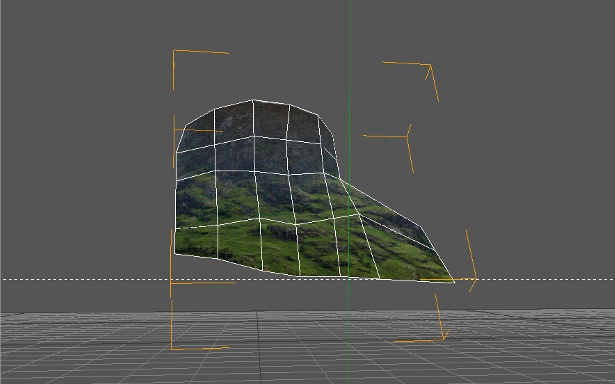10 ways to create eye-catching packaging
Design packaging that flies right off the shelves with these high-impact tips

1 Learn the lingo
It’s worth keeping an eye on what your competitors are doing. Yes, it’s important to stand apart, but you also need to respect the accepted ‘language’ used on packaging to help you describe products in a way that consumers are already familiar with. Shopping from so many choices is mentally taxing, so make it as easy as you can on consumers’ eyes
2 Get in shape
Unusual shapes are challenging, especially for small budgets. They can add a lot of time to the design process, and require trial and error to design. But, done well, they can be an enormous asset – for beauty and speciality products in particular. Too creative a format may prevent packaging from being stacked effectively on store shelves, though, which can kill a brand’s chance to increase sales.

3 Look past the shelf
Consider how a package will be used in the consumer’s home. For example, check that it isn’t too hard to open. Similarly, if it’s something that won’t be eaten or consumed immediately, make sure it isn’t completely destroyed when opened so that it can be reused. Think of how the consumer is likely to use the product and how fast they might consume it.
4 Think outside of the box
For inspiration, try Designspiration, or look at Mr Cup, The Dieline or For Print Only. Look at your own environment for materials that aren’t normally used for packaging: for example, velvet on a wine bottle. How about doing something interesting and unconventional by using Styrofoam, rubber bands, wood veneer or elastane?

5 Make it personal
As a rule of thumb, anything that looks hand-applied, written or tied will make packaging appear more expensive – although faking it is taking two steps backwards. Unusual materials also help, but make sure you can afford them and that the extra cost is worth pursuing.
6 Design for Mother Nature
Sustainable materials are good for the environment, good for consumer perception of the necessary evil of packaging and a worthy goal for any packaging designer. Designers are at the forefront of making the greatest positive impact on packaging decisions and your idea could potentially be replicated thousands of times over – so design some sustainability into your work.

7 Add a few special touches
Have a wide range of suppliers that you can work with for special finishes. Embossing can be done by most printers. Hot foil stamping can add a great deal, even – or especially – when used sparingly. A real wax seal is lovely, but a simple letterpress seal in one colour can add a sense of luxury, like that on an expensive port or box of cigars.
Daily design news, reviews, how-tos and more, as picked by the editors.
8 Embrace colour
Pantone colours can add the extra ‘pop’ that your design needs without adding too much to the cost. If you have a certain number of plates available to you for printing a job, it may be beneficial to use a spot colour among those plates. The more risky you are in that colour choice, the more value you can derive from the spot colour.

9 Treat type well
Try to use high-quality fonts. Purchasing good fonts is a worthwhile investment, and make sure licence rights are available for commercial use if you’re taking advantage of ‘free’ ones. It’s okay to use the same fonts on different projects, but don’t become reliant on your three favourites – it will make your portfolio too samey.
10 Use images imaginatively
Illustration lends an air of ‘gourmet’ or ‘speciality’, while photography is a lot easier to pull off successfully, so has been rather overused. However, doing unusual things with predictable techniques can yield great results: look out for social media-driven images on packaging becoming more common with the advent of higher-quality amateur photography on Instagram and Pinterest.
All illustrations by Arthur Chiverton
Find 30 inspirational examples of packaging design at Creative Bloq.

The Creative Bloq team is made up of a group of art and design enthusiasts, and has changed and evolved since Creative Bloq began back in 2012. The current website team consists of eight full-time members of staff: Editor Georgia Coggan, Deputy Editor Rosie Hilder, Ecommerce Editor Beren Neale, Senior News Editor Daniel Piper, Editor, Digital Art and 3D Ian Dean, Tech Reviews Editor Erlingur Einarsson, Ecommerce Writer Beth Nicholls and Staff Writer Natalie Fear, as well as a roster of freelancers from around the world. The ImagineFX magazine team also pitch in, ensuring that content from leading digital art publication ImagineFX is represented on Creative Bloq.
